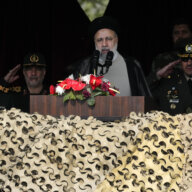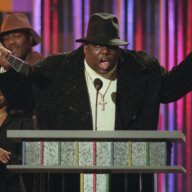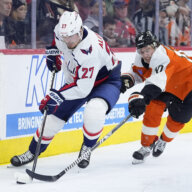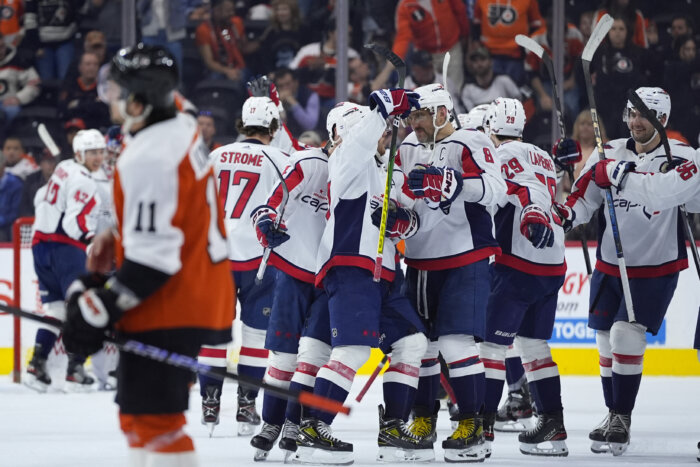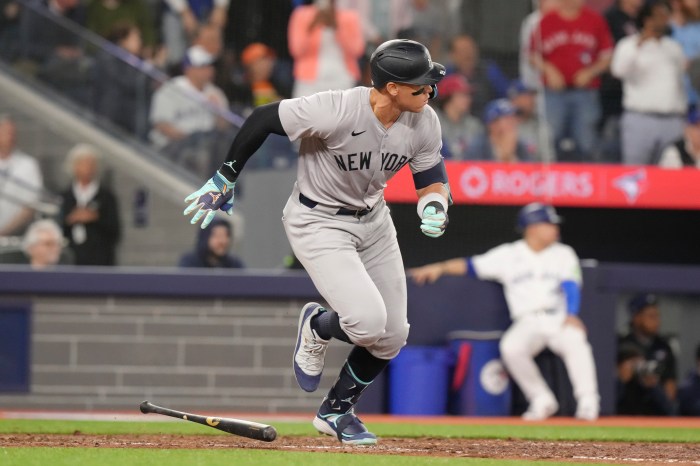Amid all the discussions of offense, one key stat that is very frequently forgotten is pitches-per-plate appearance.
Why is this so important?
Because the more pitches each batter can take, the faster that team can get opposing starters out of the game and get to the bullpen. The faster a lineup can get starters out, the more pitchers opposing teams go through.
The result?
Teams face the strong starters for less innings, helping to wear down the bullpen by the end of a five-game series.
The Phillies aren’t a bad team in terms of plate discipline, though certainly not as good as they had been in years past. They ranked right in the middle during the regular season, averaging 3.8 pitches-per-plate appearance. In the NLDS [entering Wednesday night’s game], the Phillies had averaged 3.4, 3.6 and 3.4.
When Roy Halladay is leading the team in pitches-per-plate appearance (4.5), your team is not performing optimally. Only four hitters (two non-pitchers) are above the average, Chase Utley and Ryan Howard.
The Phillies have scored in three of the nine innings in which they averaged at least four-pitches-seen-per-batter; six times in 14 innings in which they averaged at least 3.33-pitches-seen-per batter; and just once when they averaged 3.25 or fewer pitches-seen-per batter.










